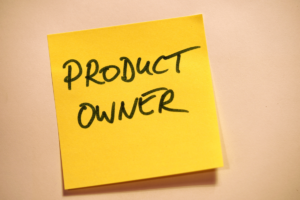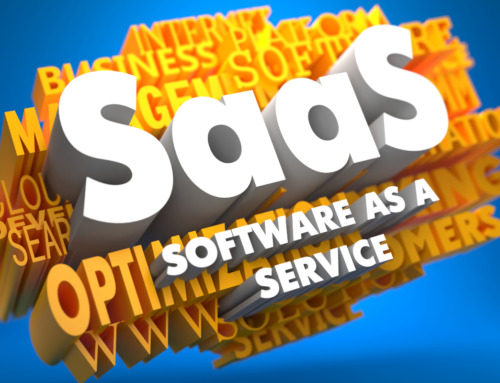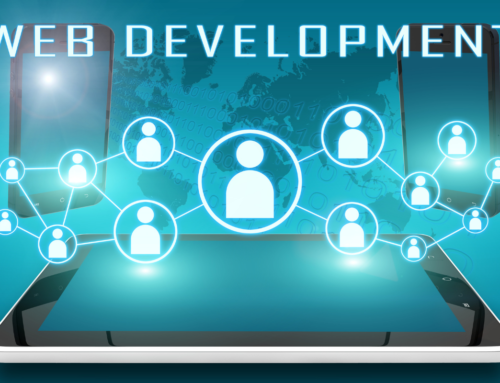Introduction of Product Owner Vs. Business Analyst
All the agile projects mostly have short delivery cycles and hence require team collaboration and strong leadership, a robust and agile cultural environment for business to be successful.
Every agile project comes with its own challenges where many times the scope of the project itself is not clear or sometimes the project timelines are very stringent. Many times the right team members are not a part of the project to ensure the smooth success of the project. Mostly it can be a combination of all of them. In an agile world success mostly depends on the ability to deliver the right communication across the table. Missing or improper communication can often lead to deliverables missing their key functionalities or including unwanted features or deliverables may also lack quality and finally may lead to overall project delay.
The main stalwarts of any agile project will always be the Product owner and the business analyst. The need to have a product owner, a business analyst or both depends on the detailing in the project.
The product owner mostly works as the person in charge of the movie like the director where he lays down the macro and micro level details of the project whereas the analyst has to look after the smooth execution of the different project sprints and manage the story details. Often an organization may face challenges between these two roles since many skills and responsibilities may overlap between the two.
Let’s try to understand the differences between the two.
1.Product Owner
The product owner or the PO is the main infl uential factor in the success of the project. This role involves working directly with the business at stake to gain all the project knowledge and also provide justification for any features that get developed for the project. They can lay down the foundation of the project and envision it without worrying about any of its technical implementation. They can often be the single point of contact and become the voice of business to clarify any doubts and drive all the decisions.
uential factor in the success of the project. This role involves working directly with the business at stake to gain all the project knowledge and also provide justification for any features that get developed for the project. They can lay down the foundation of the project and envision it without worrying about any of its technical implementation. They can often be the single point of contact and become the voice of business to clarify any doubts and drive all the decisions.
Their job is to ensure that the product meets the market standards and also the stakeholders needs. They conduct a market analysis followed by enterprise SWOT analysis that can help to grow the product vision. They also work on the marketing strategies of the product. The product owner also tries to utilize their domain expertise and market knowledge and organization’s current market position and customer expectation following the different annual trends
Some of the major responsibilities of the Product owner includes:
- Defining the business strategy
- Customer centric focus
- Analysis of market trend
- Synergy trends in customer offerings
- Managing the product backlogs
- Filling all the communication gaps between the business and stakeholders
- Accept all the feature modifications and stories
- Raising any issues as and when need arises.
- Also provide due diligence on the market opportunities
Marketing:
- Follow the market strategy
- Managing the market messages and communications
- Handling different channels of marketing
- Deciding the mode of advertising
Product Features:
- Managing the expectation of customers and stakeholders and prioritizing their needs
- Deciding on the Return of Investment and criticality involved
- Work closely to give details of each and every feature of the product.
Managing Product backlog:
- Giving priority to user stories
- Any modifications in priority as per the needs.
- Epic planning
Managing overall iteration progress:
- Reviewing all the sprint progress
- Any modifications in the stories /epics priority
- Sprint retrospectives with BA
2.Business Analyst
A Business Analyst or a BA is the main person who forms a bridge between what the team is producing and what exactly the customer wants. They also bridge the gap between the business and technical team development, finding any loopholes and also analyzing the impact of these shortcomings. The BA is more on the technical team’s side as compared to the Product Owner who is more on the business side of the fence. They are more trained in technical analysis and design and hence are sounder technically as compared to Product Owners who are more business knowledgeable.
They raise questions and challenge any assumptions made during requirement gathering, assess the needs and also work closely with stakeholders to make detailed analysis of user stories and requirements. They work in close collaboration of Product owners to manage the user stories and epics.
They mainly perform the following responsibilities:
- Requirement modeling and elicitation
- Data flow diagrams
- Business rules
- Clarifying the requirements to the team
- Managing Sprint execution smoothly
- Maintaining the dependency map and the traceability matrix.
- Facilitate the conversation between business and IT
- Find out the gaps between the stakeholders and the development team
- Getting the PO aligned for the product vision.
The Business analyst often supports the Product Owner to deliver the artifacts and ensure that they are at the detailed level. Due to this level of detailing the business analysts are often considered as 2nd product owners since this allows the agile team to have a vision from the point of view of the owner and how they think.
-
Key responsibilities of Business analysts:
- User story management:
- Assigning priority to user story and artifacts
- Impediment clearation
- Correlation between the dependency map and traceability matrix
- Explaining the details of requirement to the stakeholders:
- Ensuring that a daily support is available for troubleshooting and doubt clearing of stakeholders
- Being a common thread and connectivity medium for all the requirement related requests and queries.
- Keep detail level requirement
- Ensure that the right quantity of information is taken from the stakeholders
- Delivering the right communication of requirement to the development team
- Modeling of the design
- Have stand-ups to discuss the requirements
- Schedule workshops for requirements
- Decide scope of the project and the criterion of acceptance
- Taking initiative and be in the driver seat for all the sprint activities and retrospectives
- Working in collaboration with PO:
- Assist the PO in sprint management or backlogs of the product
- BA is the main representative of the PO in the agile team for clarifying all the doubts and issues
- Performing the Impact analysis for Change Requests:
- Mapping the request to the impact of change
- Analyzing the change impact in terms of ROI and acceptance
- Mapping the change requests to the product development
Business Analyst vs. Product Owner- Conclusion
To give it a final touch we can say that the product owner represents the customer while the Business Analyst more or less represents the development team. But to be fair to both the roles they cannot be separated from each other and often exchange roles between them
The Product Owner is more business centric and customer specific whereas the BA is more technically focused on the project. However the technical skills of the BA speak volume of them and more often than not they can take some of the tasks of the Product Owner as well. This can include the tasks like breaking bigger stories into sub stories, different backlog management functions, defining what the business roles would be, modeling and cleaning of data and also the other non-functional requirements. Hence often these two roles overlap.
Having a PO with sound domain knowledge is very essential as they are in a position to put forth the right features of the product. On the other hand an experienced BA always helps in smoother execution of the project sprints and the super collaboration between the two can assure smoother functioning among different stakeholders
To put final thoughts the PO manages the larger picture of marketing expectations and the product. The BA manages closely for the sprint timelines and hence the team is able to deliver great quality products followed by greater customer satisfactions. The end result is always a successful team that delivers some of the finest products in the market








Leave A Comment